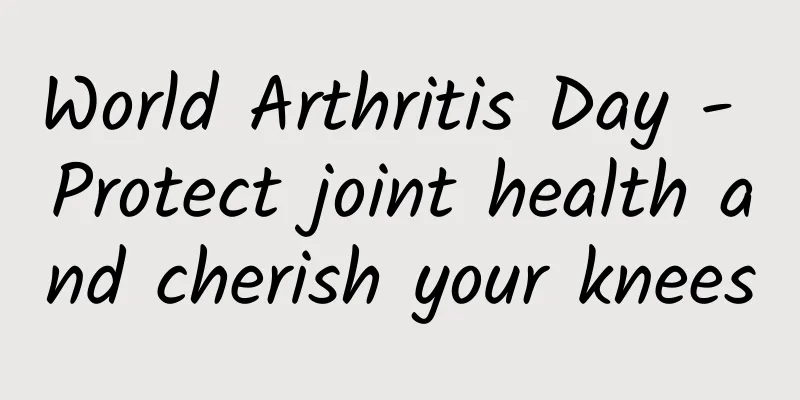Female waist to leg pain

|
Low back and leg pain refers to a common symptom in the outpatient clinic of spinal cord surgery hospital. Low back pain mainly includes muscle strain pain (soft tissue pain), discogenic pain, and rheumatic diseases. Foot pain mainly includes lumbar disc herniation, arthritis, vascular diseases, and rheumatic diseases. Low back and leg pain is a common symptom in spinal cord surgery hospitals. Low back pain mainly includes muscle strain pain (soft tissue pain), disc pain, and rheumatic diseases. Foot pain mainly includes lumbar disc herniation, arthritis, vascular diseases, and rheumatic diseases. Low back pain, low back pain Clinical symptoms include lower back pain, limited movement, inability to lie down for long periods of time or intermittent claudication, as well as body aches, numbness, fatigue, sweating and chills. A variety of secondary symptoms such as fatigue or weather changes aggravating the condition, resulting in limited movement or functional problems on the affected side. 1. Muscle strain low back pain Muscle strain low back pain refers to: The pain caused by changes in soft tissues such as the cruciate ligaments, muscle fascia, muscles, and synovial membranes between spinal joints (small joint synovial membranes) around the lumbar spine is commonly known as muscle strain (soft tissue) low back pain in clinical medicine. The common key symptoms in clinical medicine include the following symptoms. The common clinical symptoms include the following: 1. Subacute lumbar sprain There is a significant history of injury, and the disease often occurs immediately after the injury. The diagnosis is more established. Patients often experience pain immediately after a waist injury, but can move. The pain worsens significantly the next day, or the patient is bedridden. When walking on a hand tractor, hold your waist down and let your feet hang down. This kind of situation can use the method of massage to promote blood circulation and remove blood stasis. 2. Myofascial fibrositis This disease has many names, such as myofasciitis, muscular tissue inflammation, myositis, myofascial fibrosis, myofascial pain syndrome, etc. It is common in middle-aged and elderly people who lack muscle exercise for a long time and are often affected by damp and cold weather. The characteristics of this disease are that the neck, shoulders, waist and buttocks can be affected, causing special discomfort. When pressed lightly, it has a hair-trigger characteristic and causes severe pain. The pain may radiate but is not distributed in a neuroanatomical manner. 3. Third lumbar transverse process syndrome This disease is due to the anatomical specificity and biomechanical properties of the third lumbar spondylolisthesis, which causes a series of clinical manifestations after friction, extension and compression stimulation with the surrounding soft tissues during activities. It is common in young energetic workers. The transverse process of the third lumbar vertebra is very long and extends horizontally. In this case, the traditional Chinese medicine Shuluo pain-relieving patch can be used. 4. Synovitis of interproximal joints of the spine Also known as facet joint disorder, although the condyle is small, it has the same structure as other large synovial joints. It can cause synovitis and arthritis under acute trauma or chronic irritation. The main clinical symptom of this disease is severe chronic low back pain, which may have a subacute onset. In the acute onset, the patient is bedridden and has difficulty sleeping on his side. There is deep tenderness in the affected joints. There were no symptoms or signs of nerve root damage, and the straight leg raising test was negative. Disc X-rays show no distinctive signs other than degenerative changes. The pain subsided after small joint cartilage blockade with procaine. 5. Sacroiliac sprain Subacute onset is common, and the course of disease progression may take several months. The causes of the disease are mostly related to acute sprains or long-term labor in a bad posture. During pregnancy, the metabolism of copper in the corpus luteum may cause ligament relaxation and weight gain, which may stretch the ligaments and cause a subacute onset of this disease. The pain is more severe on one or both sides when bending over, radiating to the buttocks or groin, but not to the calf or lumbar spine, compressing the main nerve production area. Patients are usually not allowed to get out of bed or walk up an incline. Lying in bed with the hip flexed can relieve the pain. In severe cases, sleeping on the side is not allowed. |
<<: What are the symptoms of female sexual indifference?
>>: Pain in the right inner thigh of a woman
Recommend
Which animal in the Chinese zodiac is the most devoted? Which animal in the Chinese zodiac is the most afraid of death?
The twelve zodiac signs are arranged neatly and a...
How many months of pregnancy does the belly bulge
At how many months of pregnancy will the belly bu...
How long is normal for bleeding after an abortion?
Hemorrhoids are a very common disease, which has ...
[Fat Bear Science] Why do we need to do CT or MRI after color Doppler ultrasound to diagnose some diseases? Can't one test do the job?
Doctor, I have a lot of lumps on my neck! Go get ...
Can a girl's big head become smaller?
It is a common condition for girls to have big he...
What is a double uterus?
Many people are concerned about what is called do...
There are too many people undergoing nucleic acid testing. How to avoid cross infection?
Source: Youlai Healthy Life...
What to do if you are not clean after menstruation
Some female friends have this problem, that is, t...
Does the sleeping position of pregnant women affect the fetal position of the baby? What sleeping position should you maintain after pregnancy?
Fetal position is an issue that pregnant women ne...
Can pregnant women wear makeup?
It is girls' nature to love beauty. Even when...
What to eat to nourish the ovaries
The ovaries will age, and are easily affected and...
What should a pregnant woman do if she vomits and can’t eat?
Pregnant women are often prone to morning sicknes...
Can I apply Sanfutie when I am pregnant?
Sanfu plastering refers to the three hot days in ...
How can a mother quickly expel lochia?
After a woman gives birth, the placenta will slow...
How big is the gestational sac suitable for medical abortion?
In modern life, many women do not want to get pre...









